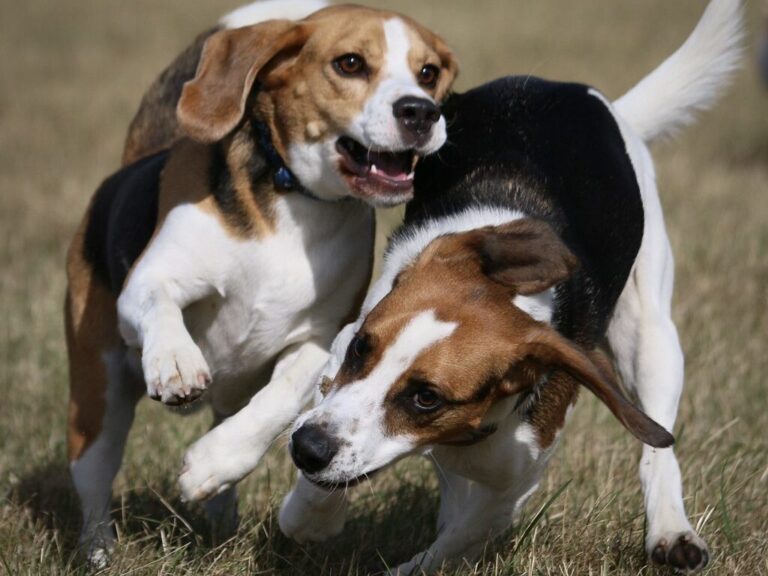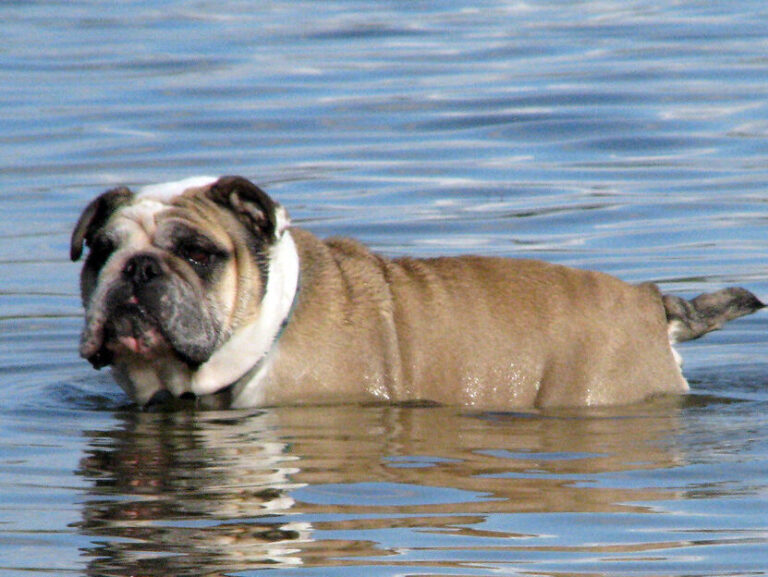15 Dog Breeds Cat Owners Should Generally Avoid
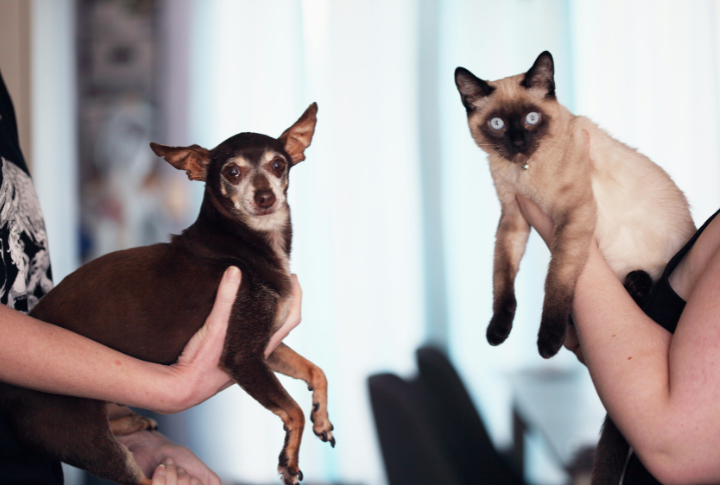
While many dogs can coexist peacefully with cats, certain breeds pose higher risks. If you’re a cat owner considering adding a canine companion to your home, it’s essential to be aware of some breeds that may pose more challenges than rewards. This list highlights 15 dog breeds that may not be ideal for households with cats. Let’s have a look!
Greyhound
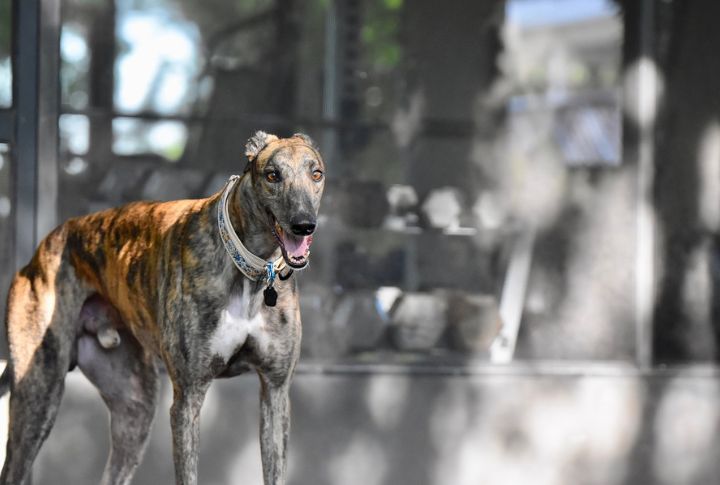
Greyhounds’ lightning-fast reflexes spell trouble for cats. Their strong chase instinct, triggered by quick movements, can send them bolting after felines. Even well-socialized Greyhounds might struggle to resist pursuing a darting cat. This makes constant vigilance necessary to prevent dangerous chases around the home.
Jack Russell Terrier
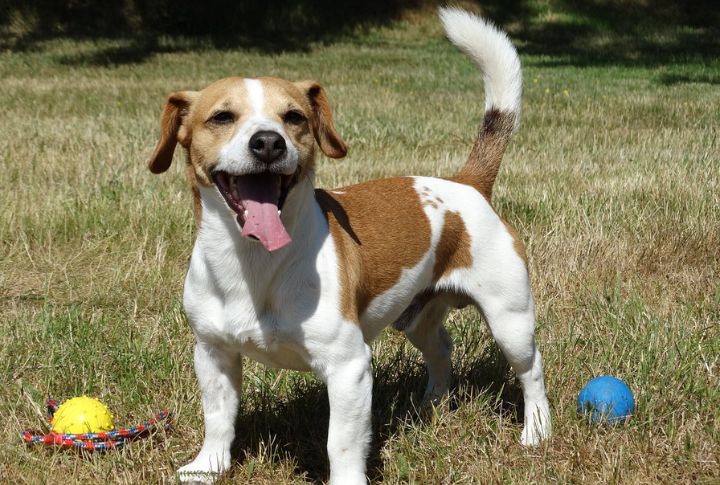
These dogs fearlessly corner cats, leading to stress and potential fights. These little powerhouses can become quite a huge threat to cats. Jack Russell’s tenacious nature and high prey drive make them relentless pursuers. Their ability to squeeze into tight spaces means cats lose safe retreats.
Siberian Husky
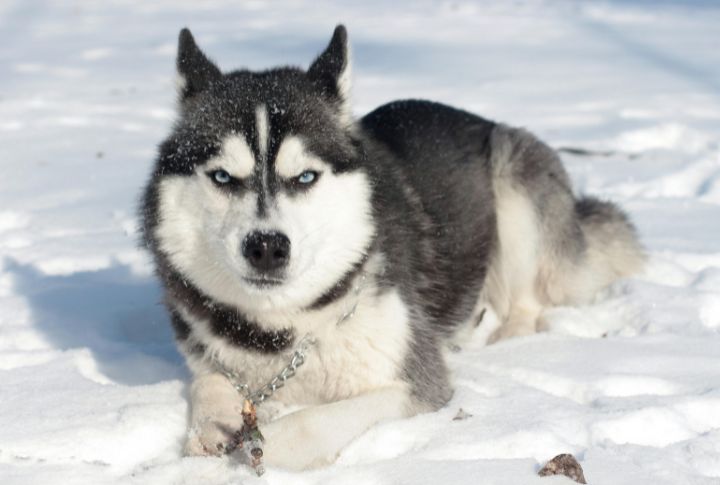
Instead of seeing cats as possible friends, this breed may see them as fascinating prey. They are stubborn chasers because of their strong predatory instinct, extraordinary speed, and endurance. Huskies’ independent spirit and propensity to “sing” can aggravate cats even more.
Afghan Hound
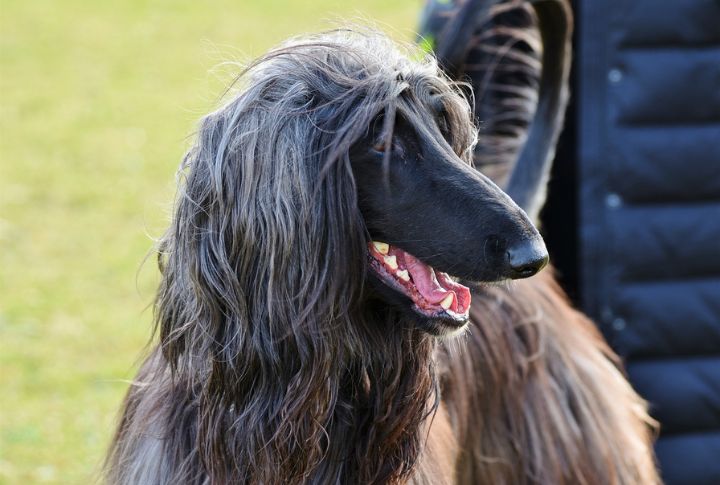
Don’t let their elegant appearance fool you because Afghan hounds are skilled hunters. Their keen eyesight quickly spots cat movement, triggering intense pursuit. Their agile nature makes catching cats a real possibility. While not typically aggressive, chasing around can lead to accidental injury during pursuit.
Weimaraner
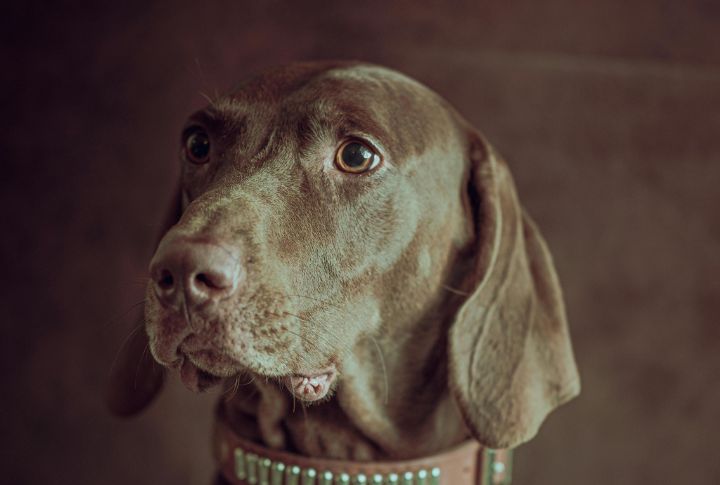
It is not hard to believe that cats are in danger because of the stalking history of Weimaraners. They are formidable chasers with their muscular build and relentless focus. Even trained Weimaraners find it difficult to control their desire to chase cats. Their strength and bulk can scare or hurt other pets, making their living uncomfortable.
American Pit Bull Terrier
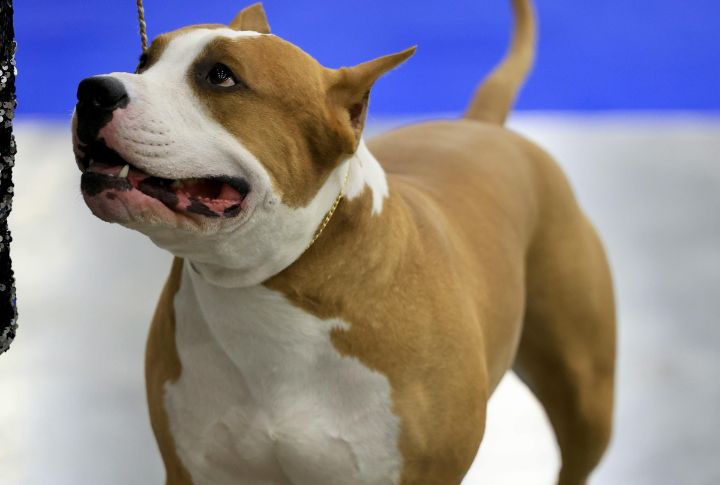
Pit Bulls are often energetic and may become overly excited during play. This high arousal can sometimes be redirected towards cats, even if not intentionally aggressive. Teaching calm behavior and providing separate play sessions can help manage this tendency.
Elkhound
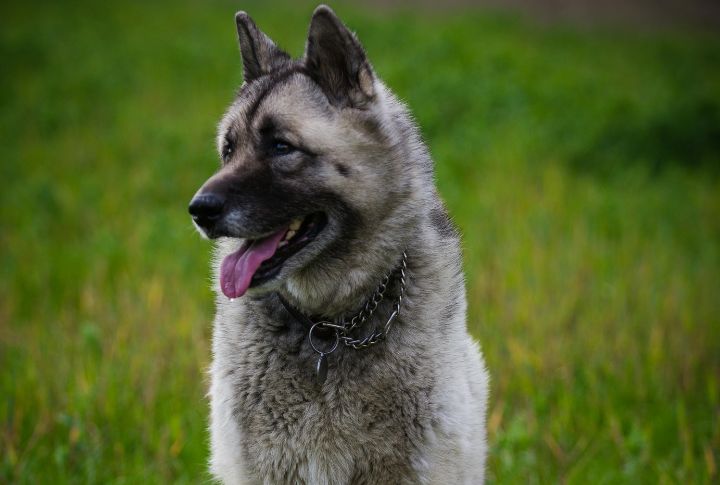
These dogs tend to hunt small creatures due to their strong sense of smell and high prey drive. With their endurance, these canines can pursue cats for extended periods, which may tire or corner cats. Redirecting an elkhound’s gaze once it has been directed onto a cat might be difficult.
Bloodhound
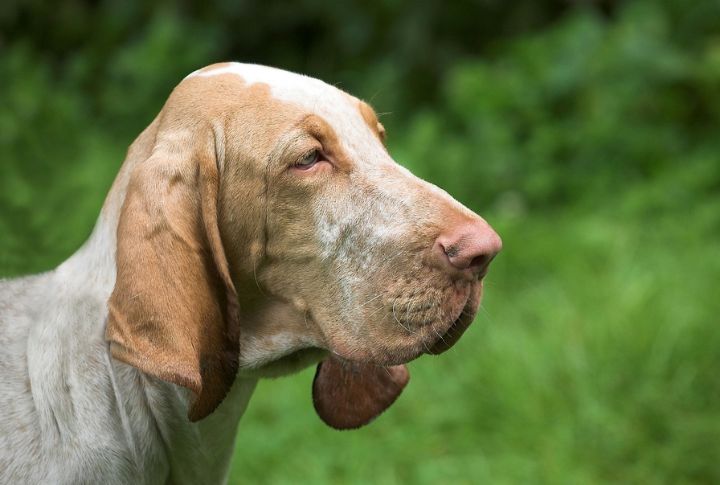
Beware of bloodhounds’ noses! When tracing smell, their unwavering concentration induces them to chase cats, defying orders continuously. During chases, their bulk might inadvertently injure cats, and their loud baying causes stress in cats and may even cause terror responses.
Whippet
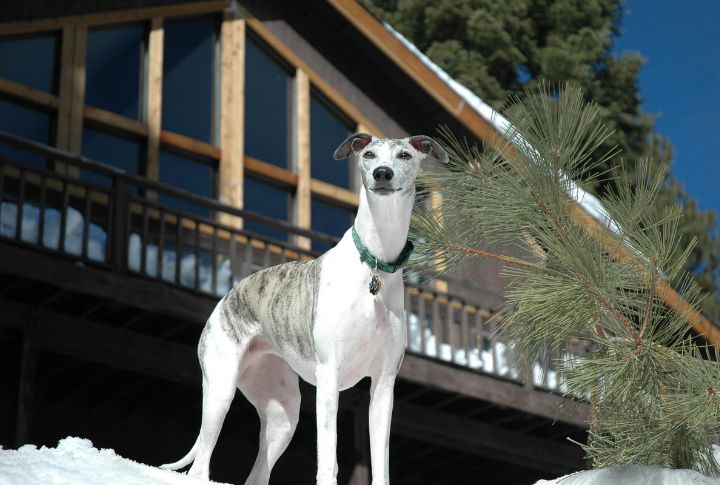
Their slender build allows them to go after cats into tight spaces, eliminating safe retreats. Whippets’ incredible speed makes them cat-chasing machines. While generally gentle, their intense urge to devour activates when they spot quick movements. This makes it challenging for cats to move freely without triggering a chase.
Salukis
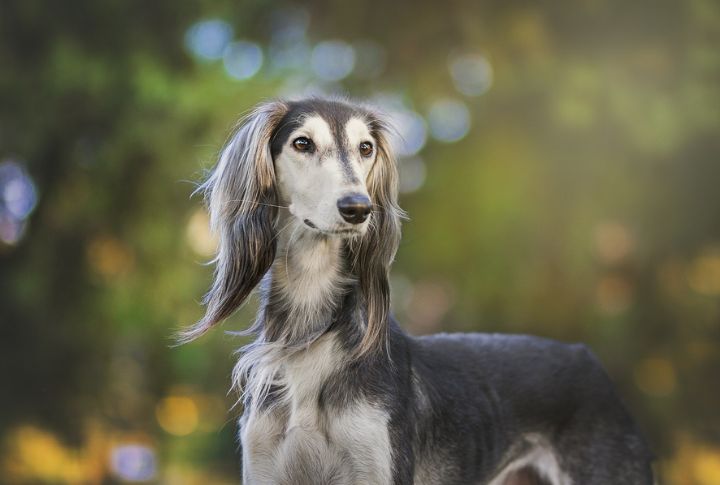
It’s unlikely that this dog will work well with unknown cats. Persian Greyhounds, sometimes called Salukis, are incredibly agile, making them dangerous pursuers. They have developed a strong prey drive during millennia of hunting in the desert, which can lead to an intensive pursuit of cats.
Bullmastiff
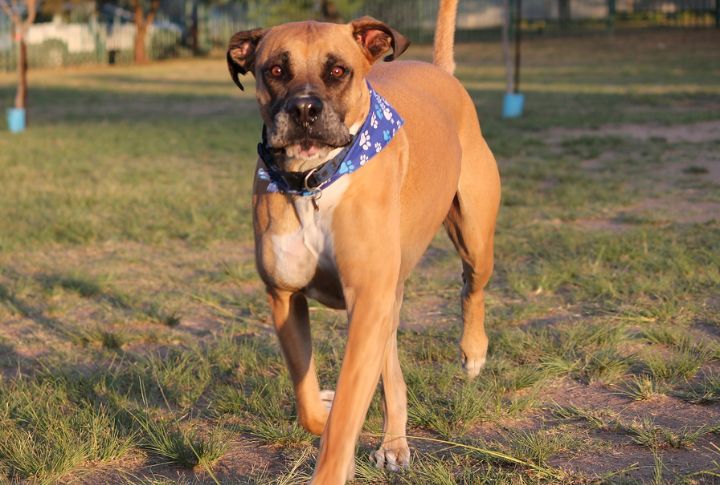
Even though their prey drive is usually minimal, their sheer size makes them susceptible to incidental injuries when playing. Bullmastiffs’ obstinate nature might make cohabitation training with cats more difficult. Early socialization and exercise are essential for them to be managed around other cats.
Bedlington Terrier
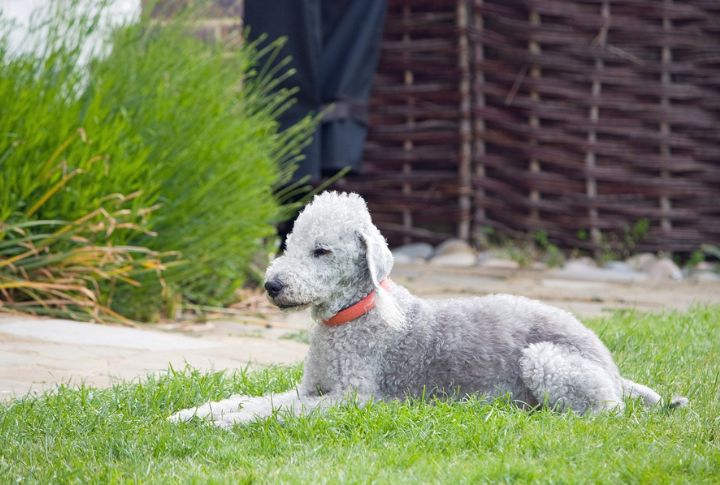
Their terrier characteristics fuel their intense hunting drive, which may result in an unstoppable chase. They could be too playful and high-strung for cats to put up with. Their quickness and intelligence allow them to chase cats effectively despite their medium size.
Basset Hound
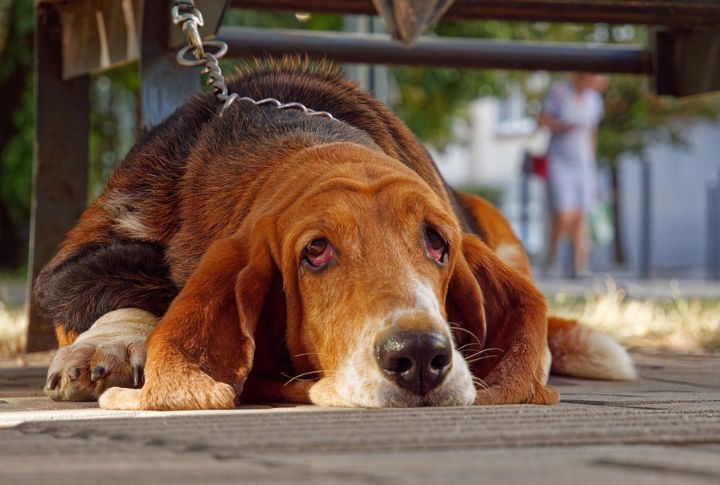
Basset Hounds are capable of fiercely pursuing cats. Their keen sense of smell frequently triumphs over training when they detect a cat scent. When pursuing, they tend to make a baying wail, which can cause cats a great deal of discomfort and give them quite a fright.
Scottish Deerhound
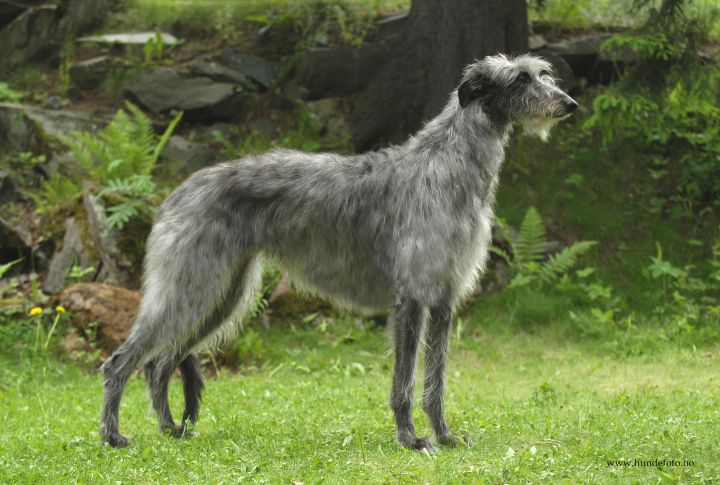
Cats are threatened by the enormous size and agility of Scottish Deerhounds. A strong sense of pursuit, developed when hunting deer, translates well to cats. This breed’s sheer size can unintentionally hurt cats during play or pursuit, even if they are not violent.
Rhodesian Ridgeback
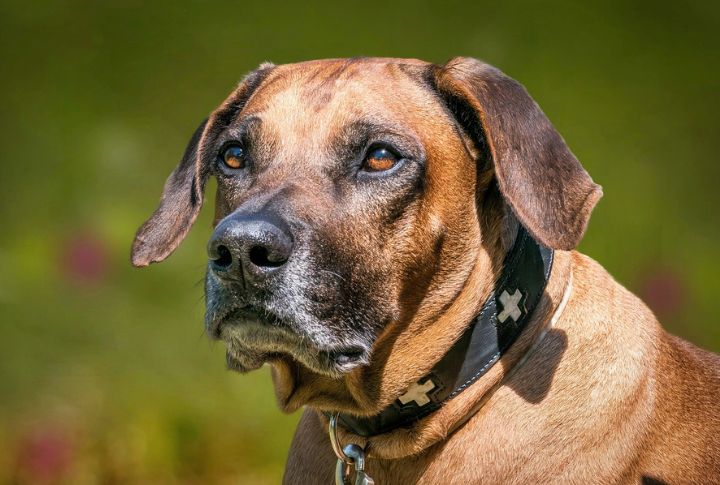
Rhodesian Ridgebacks were originally created to hunt lions. Even fun encounters can startle or hurt cats because of their stature and strength. It’s challenging to refocus their attention once they’ve picked out a cat to follow because of their independent disposition.
Akita
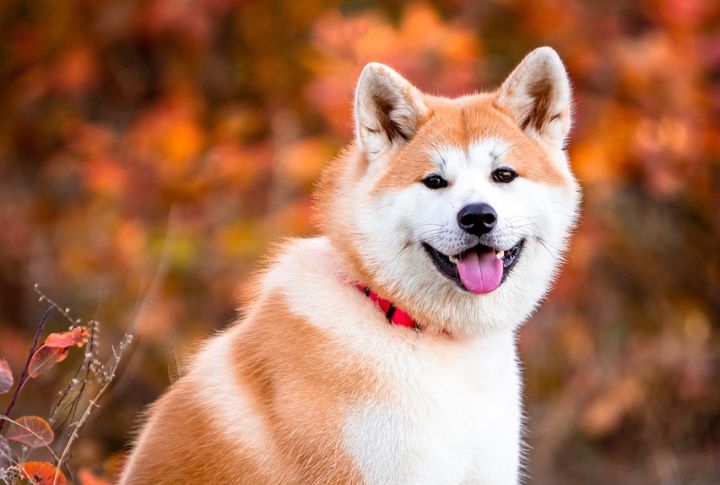
They cause cats a lot of trouble because of their size and fierce protective instincts. Due to their huge build, even inadvertent touch with them can yield injuries. Male cats may also be targets of Akitas’ propensity for same-gender aggressiveness, making the dynamic between multiple pets bothersome.

